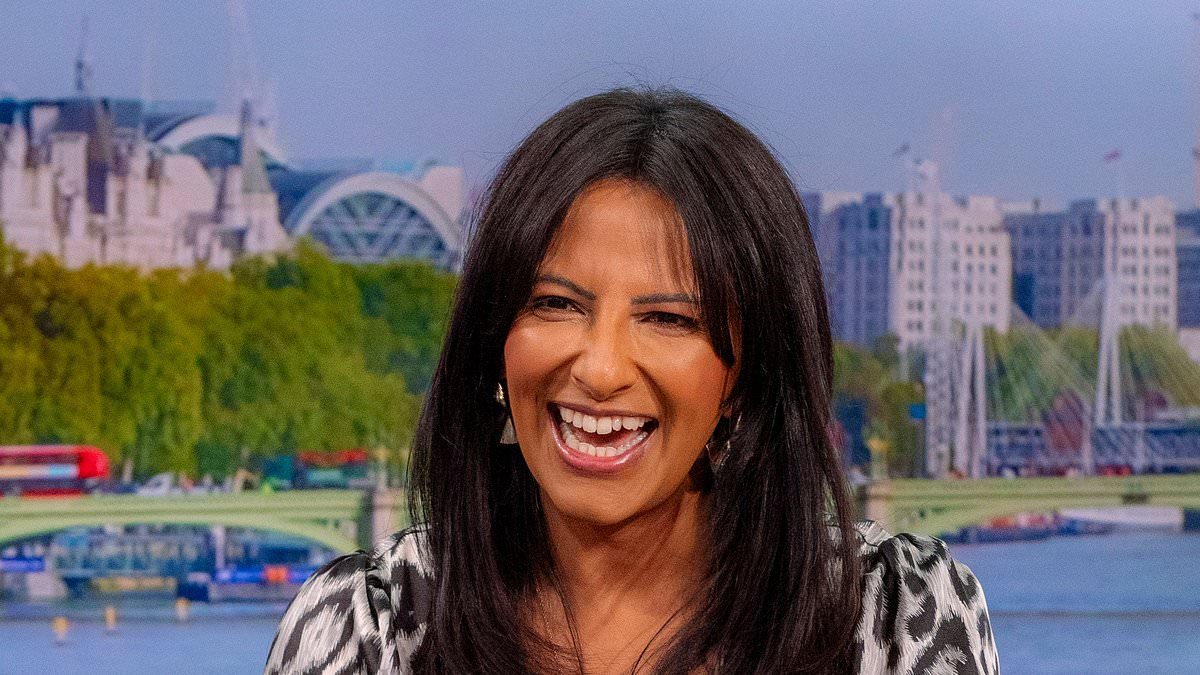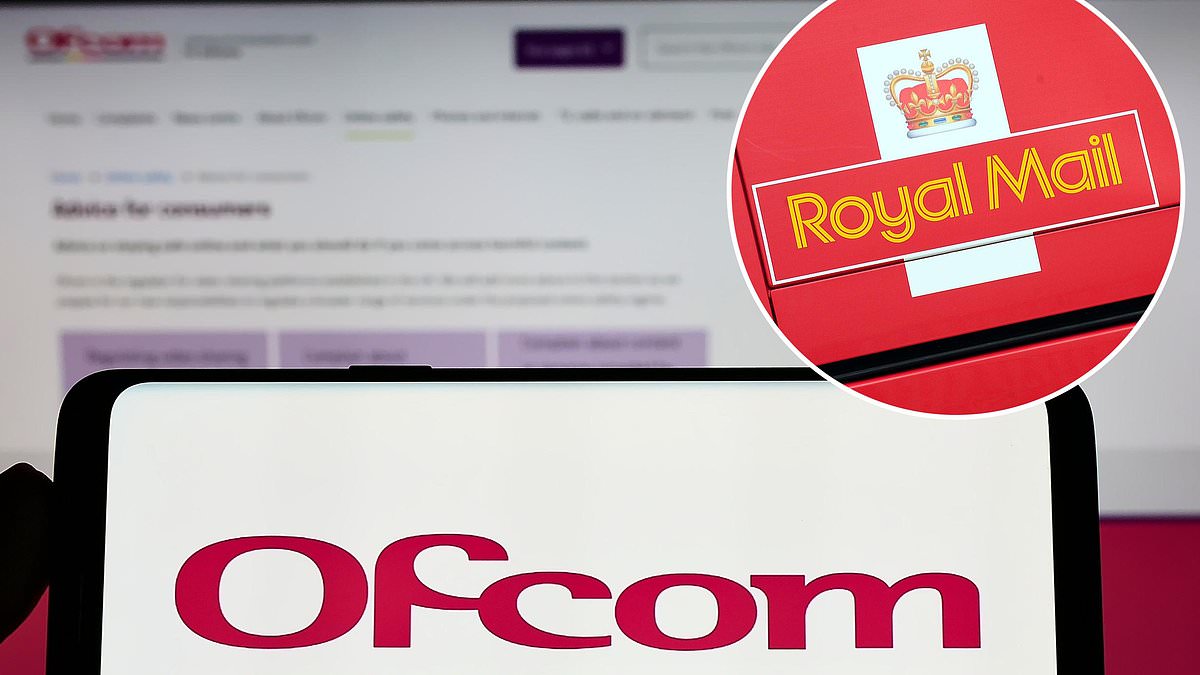Bitcoin and other cryptocurrencies have experienced a surge in popularity and value since Donald Trump was elected as US president.
Bitcoin broke the $100,000 barrier for the first time in late 2024, and it has risen by more than 132 per cent since the start of the year.
While recent growth might have encouraged more investors into the crypto market, it is notoriously volatile and the road has not been so smooth in years past.
Cryptocurrencies saw a massive downturn in the so-called ‘crypto winter’ at the end of 2021, leaving the price of most coins in the doldrums until midway through 2023.
The crypto market generally moves in cycles, and has suffered a number of major dips since its inception.
For Bitcoin and other major names such as Ethereum, the picture is one of growth in the long term – but other coins have proved less solid investments, in particular some of the ‘memecoins’ based on internet trends.
Here is what you should know before buying crypto, including the different types of coin, how to buy, hold and sell them, what risks to be aware of and what taxes you need to pay.

Bitcoin boom: Following Trump’s election win, Bitcoin has gone from strength to strength – but it comes on the back of a turbulent few years
Bitcoin, altcoins and memecoins explained
Bitcoin was the first cryptocurrency to be launched back in 2009. Since then, hundreds more digital currencies have followed.
Bitcoin, however, remains by far the most popular offering, and there is an argument it is the lowest-risk.
Glen Goodman, author of The Crypto Trader, says: ‘Bitcoin is the daddy, the original crypto, and many people would argue it’s still the best.
‘It’s proved its popularity over 15 years and even the traditional finance industry is starting to see it as part of a typical diversified portfolio of assets.’
Beyond Bitcoin there are two other types of currency: altcoins and memecoins.
Altcoins are the follow-ups to Bitcoin, and include cryptos like Solana, Ethereum and XRP.
Tristram Lewis-Stempel, creator lead at Web3 gaming company Unagi/Persona NFT, which has its own cryptocurrency called Unagi, says: ‘Generally, these have been around for a long time, and have a lot of value locked up in them.
‘People might have deposited a lot of funds on the network and loaned money to others, people might be trading NFTs (non-fungible tokens) on them, or a range of more complex financial instruments.
‘Alternatively, they might be newer but have immense backing and offer great tech – an example of the latter would be Sei or Sui.’

Memecoins are another beast altogether, and a much more high-risk one at that.
Goodman describes these cryptocurrencies as an ‘in-joke’ between those in the tech and finance communities.
He says: ‘Memecoins are often pretty useless from a practical perspective, but are sometimes still valued in the billions, simply because people keep buying them.’
Largely, the value of memecoins depends on their virality online – as a result they can skyrocket on the back of online notoriety but can also plummet just as quickly.
Lewis-Stempel says: ‘For most investors, I’d advise only looking at the biggest ones and making these a minor focus within your portfolio.
‘The space moves incredibly fast, and meme coins are about as close to “the casino” as one can get!’
What platform should you use to buy and sell crypto?
Crypto is normally bought and sold on trading websites known as ‘platforms’.
Just as you should approach buying crypto with caution, investors should similarly be wary of picking the wrong platform.
‘In terms of where to buy crypto, always stick to reputable investing platforms, centralised exchanges or marketplaces,’ Etoro market analyst Simon Peters told This is Money.
In the UK, there are a number of available options. Etoro itself is one, alongside Revolut, though neither of these have their crypto platforms specifically regulated by the FCA.
US-based platforms Coinbase and Kraken are partially covered by the FCA, and also face US regulation, making them two of the safer bets for crypto investing.
There are a range of other platforms such as Crypto.com, Binance and Gemini.
Goodman recommends sticking to Coinbase or Kraken, due to the strict regulation they face in the US. He says: ‘It’s very important to choose relatively safe crypto investment platforms, a lesson rammed home by the failure of the FTX platform and the jailing of its eccentric founder Sam Bankman-Fried.’
Lewis-Stempel also recommends Kraken due to its strong customer support and ease of use.
These platforms run in a similar way to a stock exchange, processing each buy or sell transaction based on its own pricing mechanism and order book.
It is also possible to buy and sell crypto on ‘decentralised exchanges’ or DEXs, where crypto holders buy and sell to each other directly. However, this is riskier and may not be the best choice for beginners.
This is referred to in the crypto community as going ‘on chain’.
‘That’s a whole new area – it opens access to new tokens with greater potential upside,’ Lewis-Stempel says. ‘It is the true decentralised world, where the action is – but also where the greatest risk is.
‘For these, you need your own wallet, rather than just buying on Coinbase and keeping your funds there, for example.’
On-chain transactions, made via DEXs, see crypto sellers matched with buyers using automated ‘smart contracts’.
These DEXs reduce the likelihood of hacking, increase anonymity and have an enormous range of tokens available.
However, these available tokens are also higher risk as they are not vetted like those on centralised exchanges, so instances of scams are more likely.
What are the risks of buying crypto?
With any investment, there are risks to be aware of. With crypto, these risks are amplified tenfold.
‘You should be aware that you’re investing in a very volatile, high-risk asset class,’ Lewis-Stempel says.
The further removed you get from established coins such as Bitcoin, the higher the risk. By the time you reach memecoins, there is a significant chance that you will lose everything you put in.
‘There’s also the very real risk of losing funds to hacks or fraud if you use your own wallet – I would advise all serious investors to buy a hardware wallet to store their funds on if they want to be safe,’ Lewis-Stempel adds.
Etoro’s Peters says it is best to allocate most of your crypto portfolio to higher market-cap currencies – those which are worth the most overall.
He says: ‘These cryptoassets have displayed longevity and weathered the storm of several bear markets as well as now having traditional finance products such as exchange-traded funds providing exposure to them.
This means focusing on the bigger names like Bitcoin and Ethereum, rather than one of the countless small coins on the market.
Peters says: ‘Potential investors should do their due diligence before investing in a particular cryptoasset, such as understanding what the use case or intended utility is for the cryptoasset or project, studying the founders and developers, and its ranking in the crypto market capitalisation tables.’
Though hardly unique to crypto investing, the space is also filled with scammers looking to fleece unaware investors.
Goodman told This is Money: ‘If someone contacts you and offers to manage your crypto trading for you, they’re usually a scammer, who may seem plausible and helpful for weeks or months, but will eventually steal your money.’
When should you cash out of crypto?
If you had purchased $100 worth of Bitcoin in 2010, about 1,000 tokens, you would now have tens of millions in the bank – that is if you hadn’t cashed out already.
The reality is that most people won’t have seen such gains.
Lewis-Stempel says: ‘You won’t beat the market, frankly. If I’d kept Bitcoin and Ethereum since I first started in crypto in 2016, I’d be responding to this interview from a private jet, rather than an apartment in Hackney.’
The volatility of the crypto markets might give the impression that the best way to make money through crypto is to day trade, and benefit from the rapid fluctuation of crypto prices.
In reality, the best advice is to buy crypto and hold it, aiming for growth in the long term.
‘Don’t day trade, buy sensible tokens and keep them. Lewis-Stempel added. ‘For most, I’d recommend looking at a basket that has serious institutional weight behind it – for example, look at the tokens in Grayscale’s Staking Fund, like Sei, Solana and Near.’
For those already holding crypto it could be tempting to cash out on news of record-high prices.
Instead of selling all your holdings in one go, Peters suggests making partial sales in order to leave yourself open to the possibility of further increases.
He says: ‘Rather than closing at one price level, an investor can partially close the position, say 30 per cent to 50 per cent or more and keep some skin in the game in case the price goes higher.’
Peters says the same can be done when buying crypto, purchasing small amounts at regular intervals to reduce the timing risk.
‘Technical analysis such as using price action charts, and other indicators to see where the price has peaked historically may also help an investor identify price levels at which to potentially exit,’ he says.
Of course, when selling your crypto holdings, there could also be tax implications. Depending on the value of your holdings, it might be wise to gradually sell off your crypto in order to make the most of your annual tax-free allowance.
Know how to work out your crypto tax liability
Despite the impression among many that crypto can be hidden from the prying eyes of the taxman, this simply isn’t the case.
As with normal investing, crypto is subject to capital gains tax when your net gain from all of your invested assets exceeds your annual allowance.
This means you need to calculate your gain for each transaction you make, generally the difference between what you paid for the assets, including transaction costs, and what you sold the them for.
You need to do this for every crypto disposal during the tax year to calculate your net gain or loss.
Any losses you make can be offset against your gains.
Gains in your crypto assets should be calculated in pounds sterling, rather than in US dollars, and subsequently converted.
CGT is charged over your capital gains allowance of £3,000. If you jointly own assets with another person, you can make double the profit between you without being charged.
DIY INVESTING PLATFORMS

AJ Bell

AJ Bell
Easy investing and ready-made portfolios

Hargreaves Lansdown

Hargreaves Lansdown
Free fund dealing and investment ideas

interactive investor

interactive investor
Flat-fee investing from £4.99 per month

Saxo

Saxo
Get £200 back in trading fees
Trading 212
Trading 212
Free dealing and no account fee
Affiliate links: If you take out a product This is Money may earn a commission. These deals are chosen by our editorial team, as we think they are worth highlighting. This does not affect our editorial independence.
Compare the best investing account for you
Some links in this article may be affiliate links. If you click on them we may earn a small commission. That helps us fund This Is Money, and keep it free to use. We do not write articles to promote products. We do not allow any commercial relationship to affect our editorial independence.










